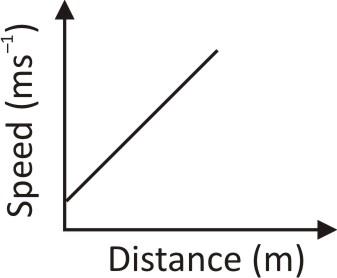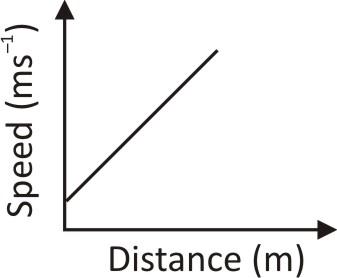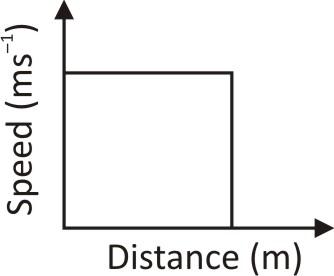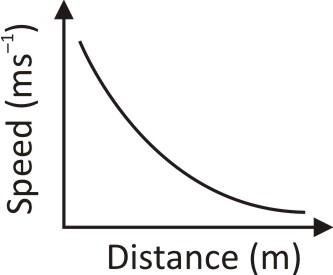Motion and Time Worksheet-1
(a) If the speed or direction of the body remains constant
(b) If the speed or direction of the body does not remain constant
(c) If it covers equal distances in equal intervals of time
(d) None of these
(a) Oscillatory motion
(b) Periodic motion
(c) Circulatory motion
(d) Both Oscillatory motion & Periodic motion
(a) 
(b) 
(c) 
(d) 
(a) Occurrence of periodic events in nature
(b) Movement of a compass needle
(c) Reading in an odometer
(d) None of these
Column I - Column II
A. Days - 1. Second
B. Months - 2. m/s
C. Time - 3. Metre
D. Speed - 4. The time from one sunrise to the next
E. Distance - 5. One new moon to the next
(a) (A) → (5); (B) → (1); (C) → (2); (D) → (3); (E) → (4)
(b) (A) → (4); (B) → (5); (C) → (1); (D) → (2); (E) → (3)
(c) (A) → (2); (B) → (3); (C) → (4); (D) → (5); (E) → (1)
(d) (A) → (1); (B) → (2); (C) → (3); (D) → (4); (E) → (5)
(a) Manometer (b) Odometer
(c) Speedometer (d) Motometer
(a) Its initial velocity is zero
(b) Its final velocity is zero
(c) Its acceleration is non-zero
(d) Its change in velocity is zero
(a) Its position remains constant as time passes
(b) It covers equal distances in equal time intervals
(c) Its acceleration is zero
(d) It does not change its direction of motion
(a) Car travelling on a busy straight road
(b) Car travelling on a busy curved road
(c) Car travelling on a straight empty road
(d) Car travelling on a curved empty road
(a) Sundial (b) Quartz watch
(c) Pendulum clock (d) Watch with balance wheel
Answer Key: